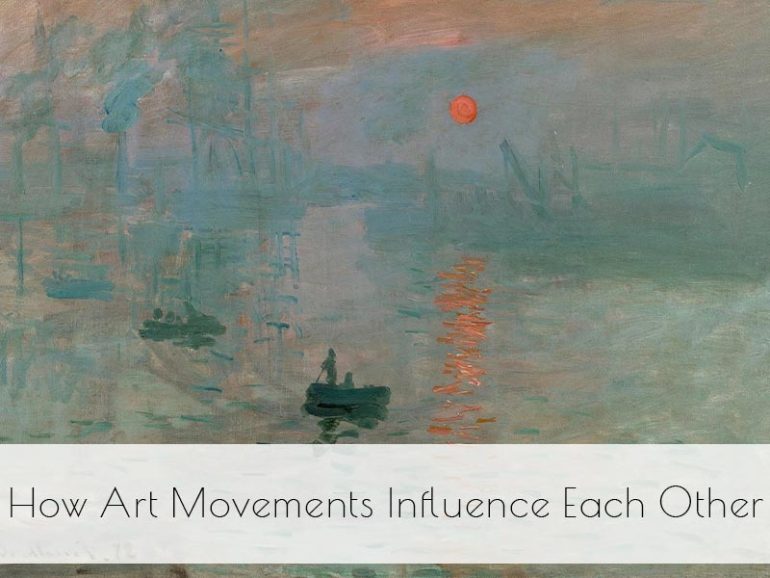Art movements are often interconnected, with each new style building upon or reacting against previous ones. Understanding these relationships provides valuable insights into the evolution of art and its ever-changing nature. In our latest Art History blog post, we’ll explore the transitions between key art movements, from the Renaissance to Postmodernism, highlighting how each period influenced the next.
Renaissance to Baroque Transitions
The Renaissance, characterized by a revival of classical ideals and an emphasis on humanism, paved the way for the dramatic and ornate Baroque style.
Renaissance: This period focused on harmony, proportion, and naturalism. Artists like Leonardo da Vinci and Michelangelo sought to capture the beauty and complexity of the human form.
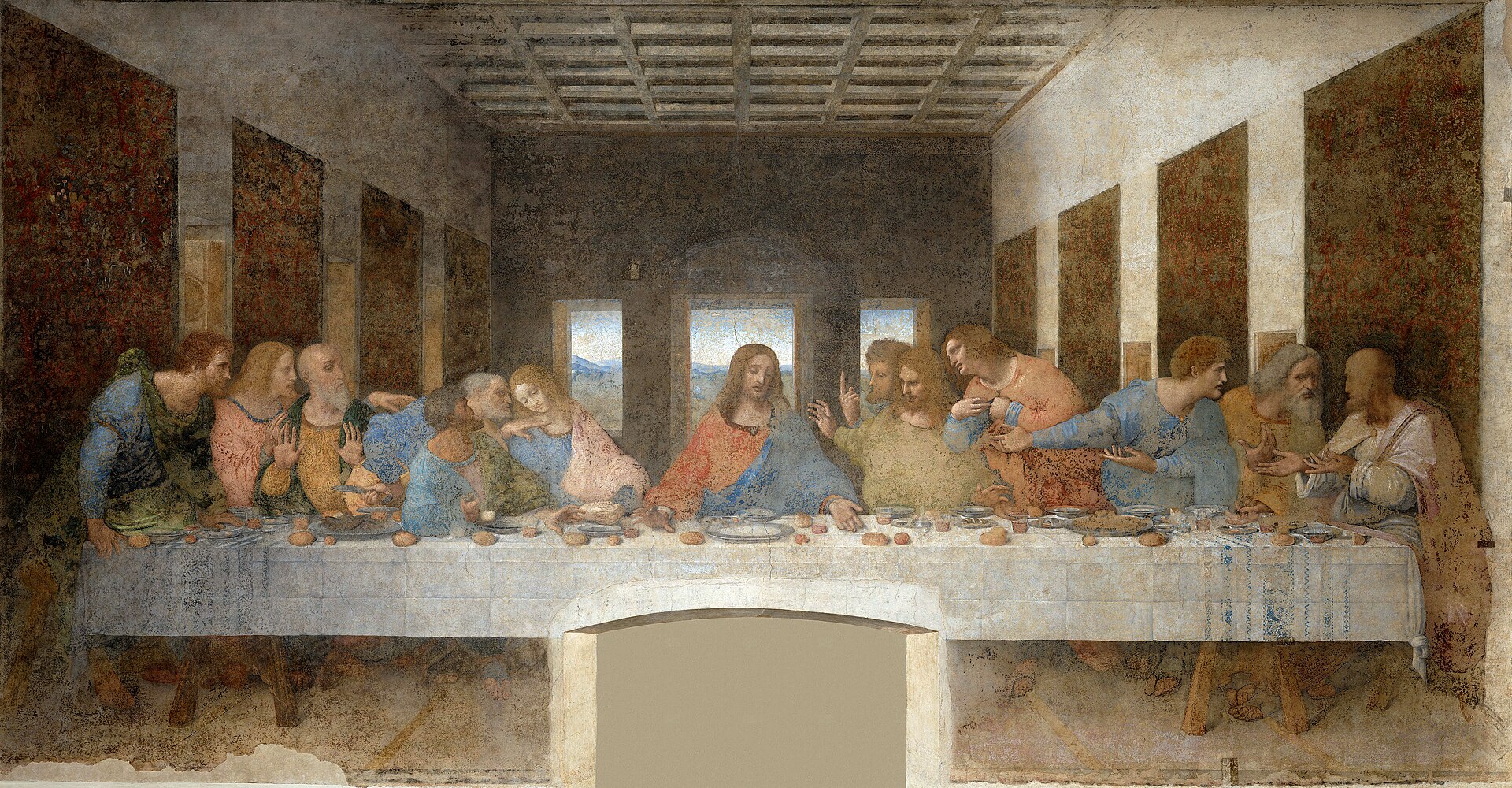
Baroque: Emerging in the 17th century, Baroque art emphasized movement, contrast, and emotional intensity. Caravaggio and Bernini are notable figures who built on Renaissance techniques to create more dynamic and theatrical works.
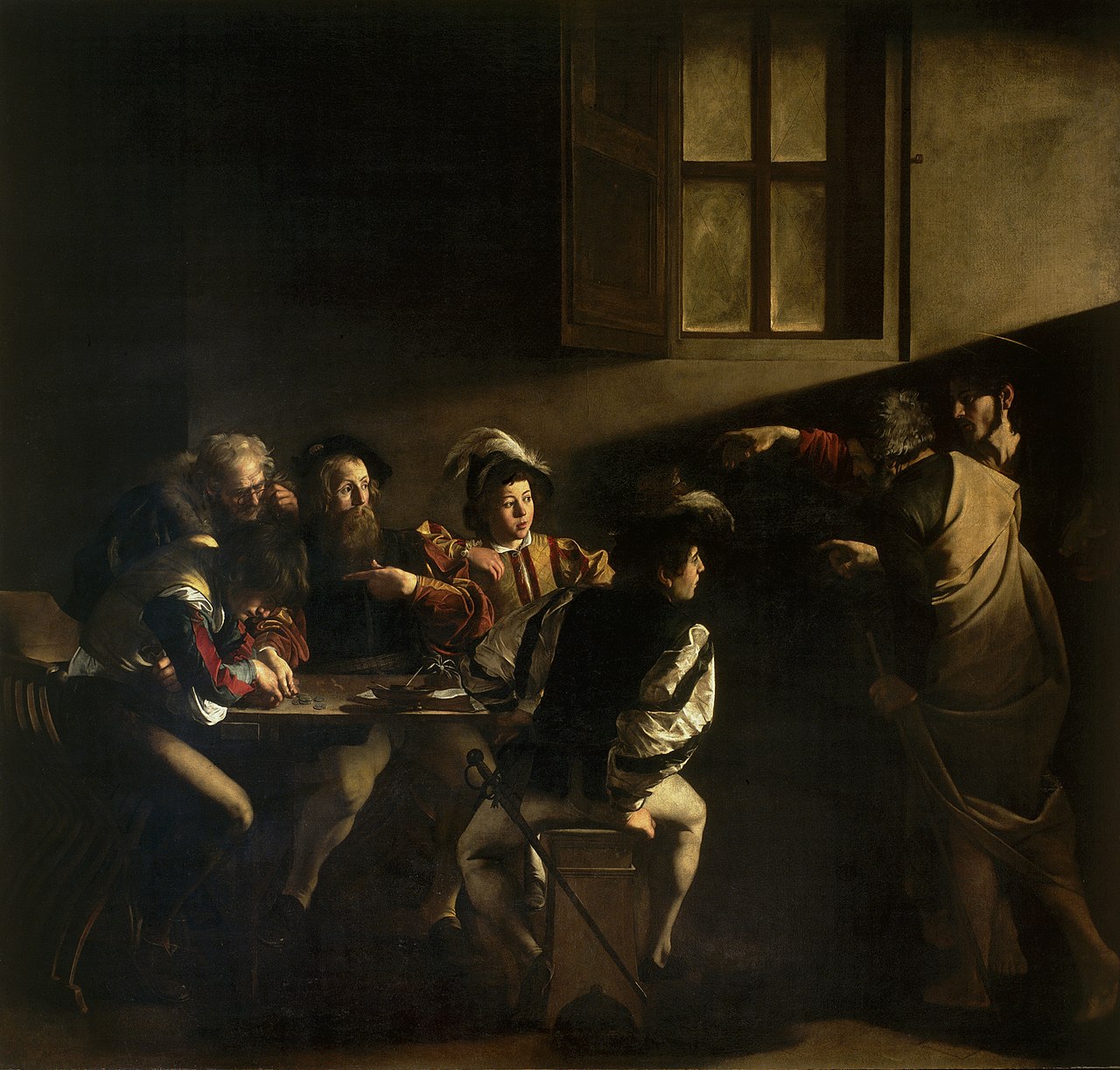
Influence of Romanticism on Impressionism
The Romantic movement, with its focus on emotion, nature, and individualism, set the stage for the emergence of Impressionism in the late 19th century.
Romanticism: Romantic artists like J.M.W. Turner and Eugène Delacroix emphasized dramatic scenes, vibrant colors, and expressive brushwork to evoke strong emotions and a sense of the sublime.
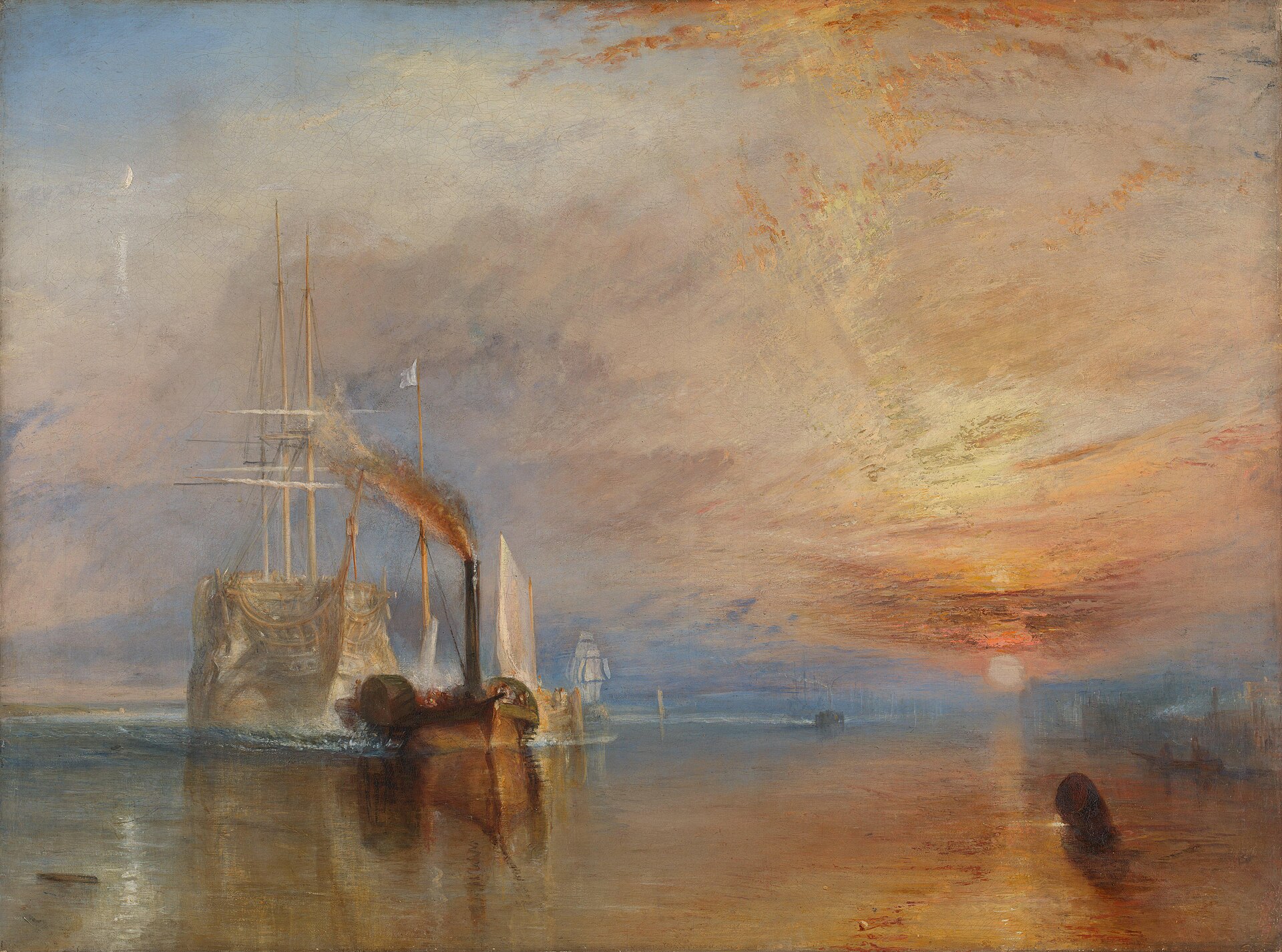
Impressionism: Building on the Romantic emphasis on emotion and color, Impressionist artists like Claude Monet and Pierre-Auguste Renoir focused on capturing fleeting moments and the effects of light. They often painted en plein air to observe and depict changing atmospheres.
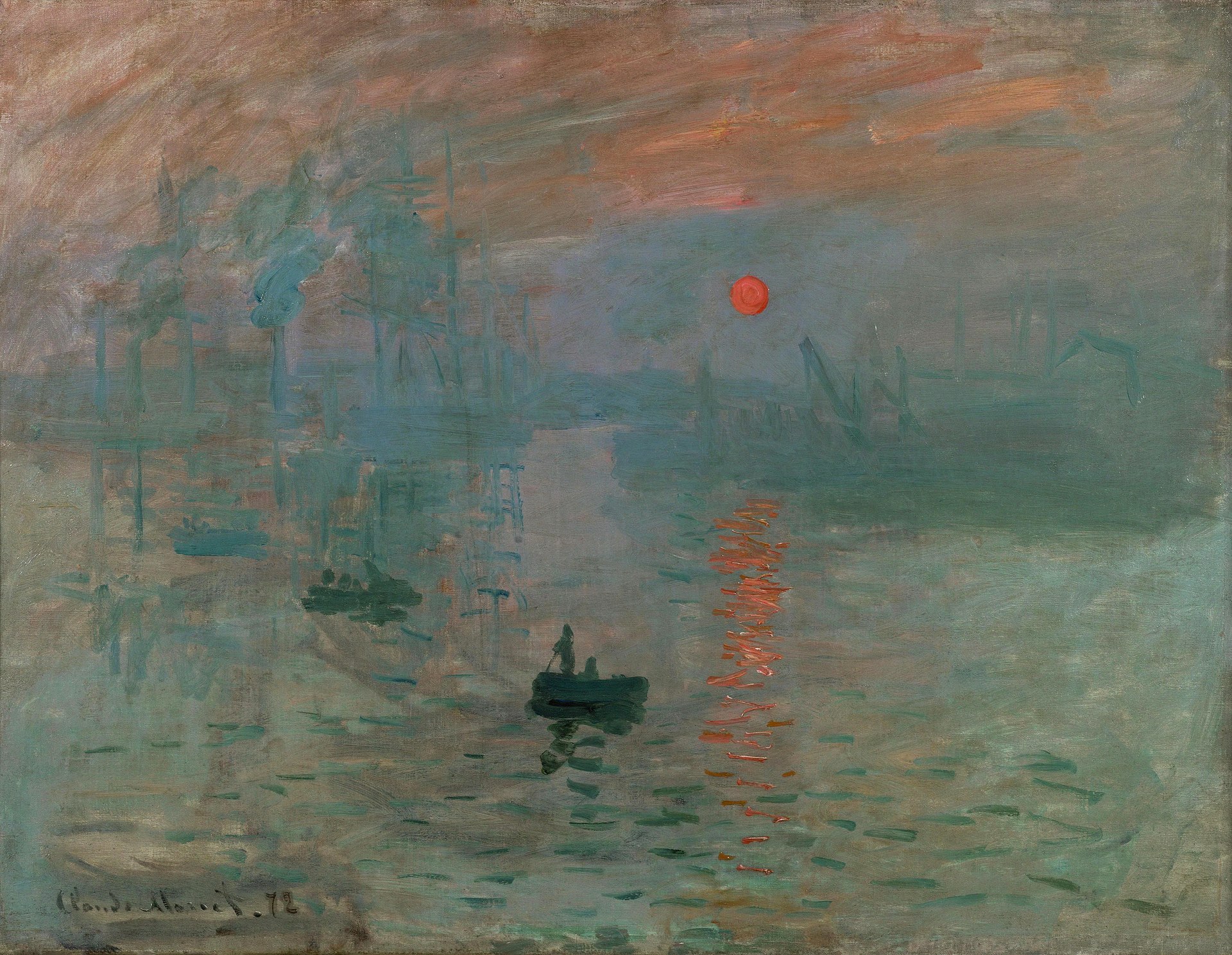
How Modernism Paved the Way for Postmodernism
Modernism, with its rejection of traditional forms and embrace of innovation, set the groundwork for the diverse and eclectic nature of Postmodernism.
Modernism: This broad movement encompassed various styles, including Cubism, Surrealism, and Abstract Expressionism. Artists like Pablo Picasso, Salvador Dalí, and Jackson Pollock broke away from representational art to explore abstraction, dreams, and the subconscious.
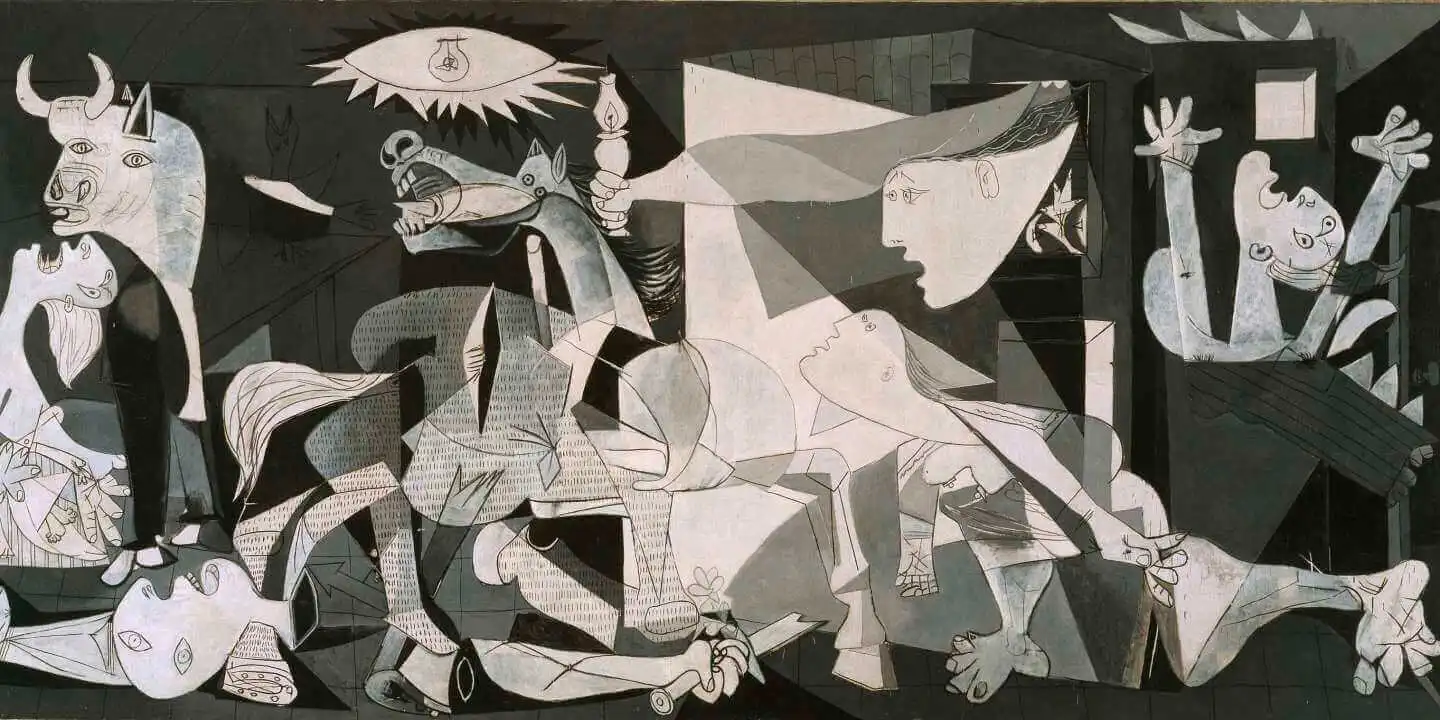
Postmodernism: Emerging in the mid-20th century, Postmodernism is characterized by its eclecticism, irony, and playful pastiche. Artists like Andy Warhol and Cindy Sherman challenged notions of originality and authenticity, often referencing and reinterpreting past styles.
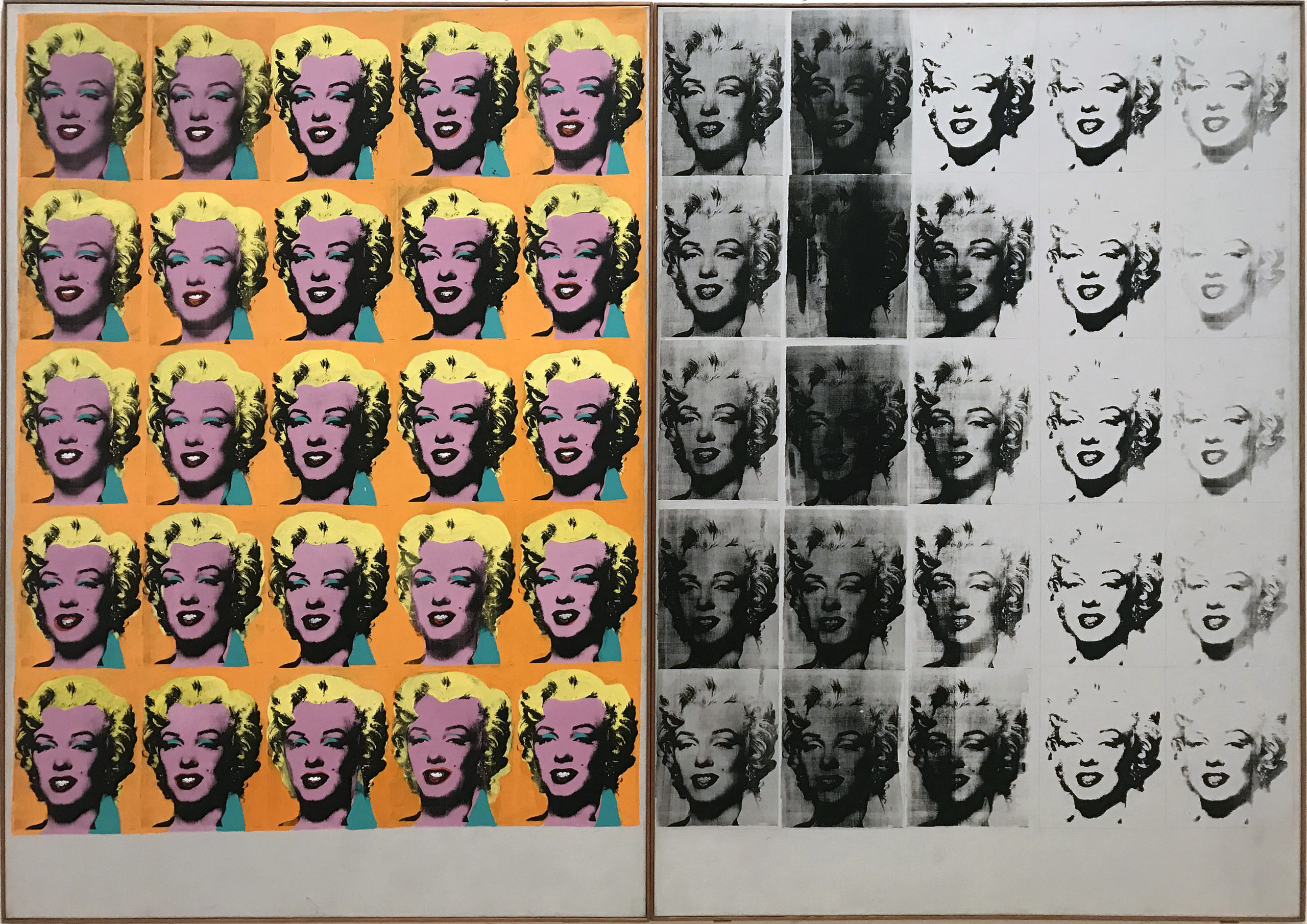
The fluidity and interconnection of art movements demonstrate how each period in art history influences the next. By understanding these relationships, students can appreciate the dynamic and evolving nature of art. From the harmony of the Renaissance to the eclecticism of Postmodernism, the dialogue between different styles and periods enriches our understanding of artistic expression.
If you would like to receive a roundup of all of our blog posts once a week to keep you inspired in your inbox, why not sign up to our newsletter. You can access our sign up at the top of our page. If you are a London Art College student and you would like your artwork featured here, drop us a line at any time.

